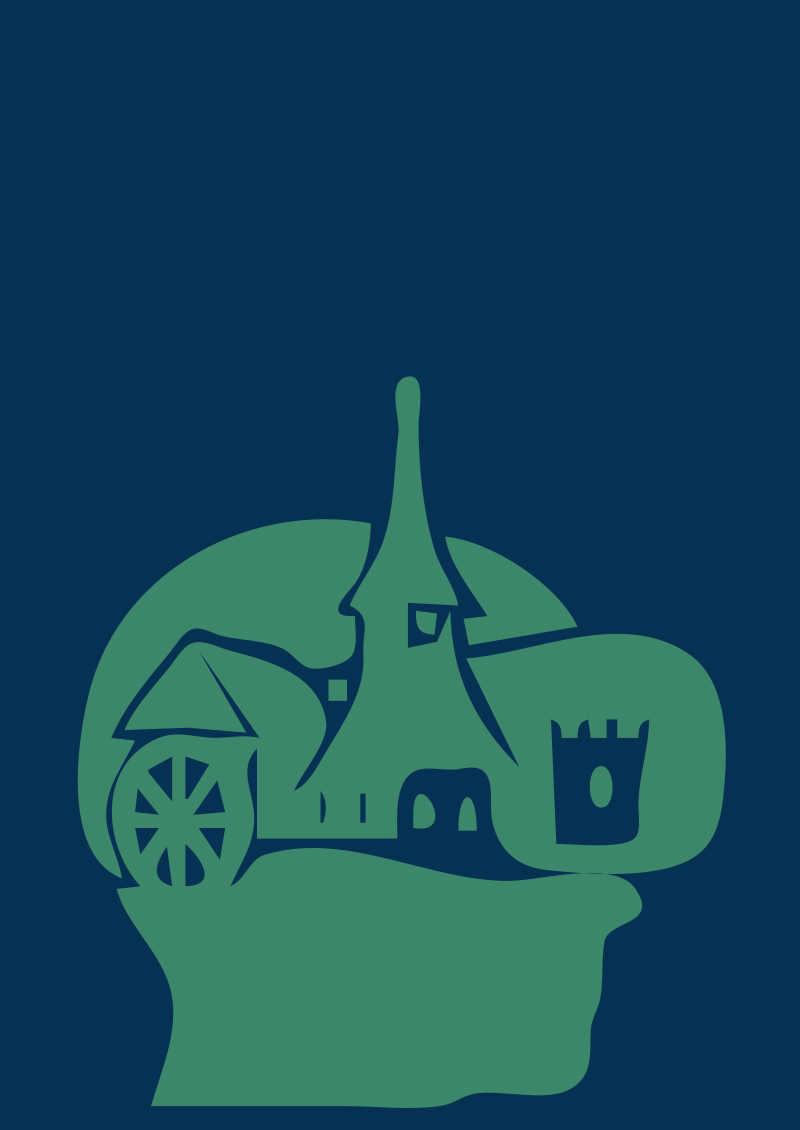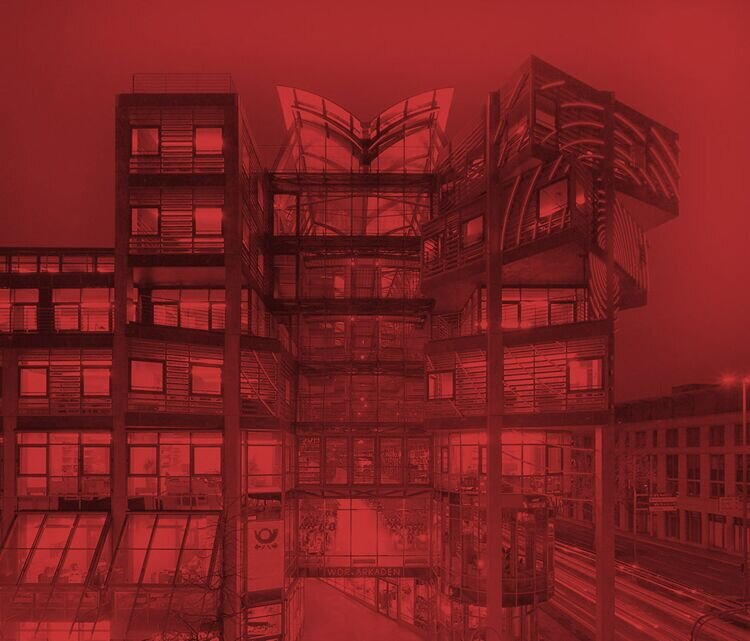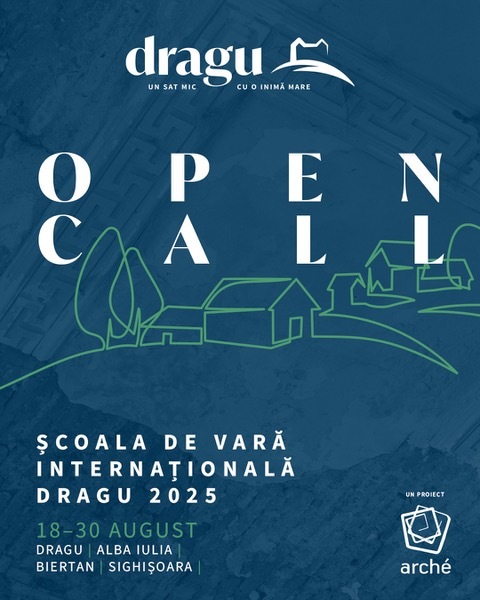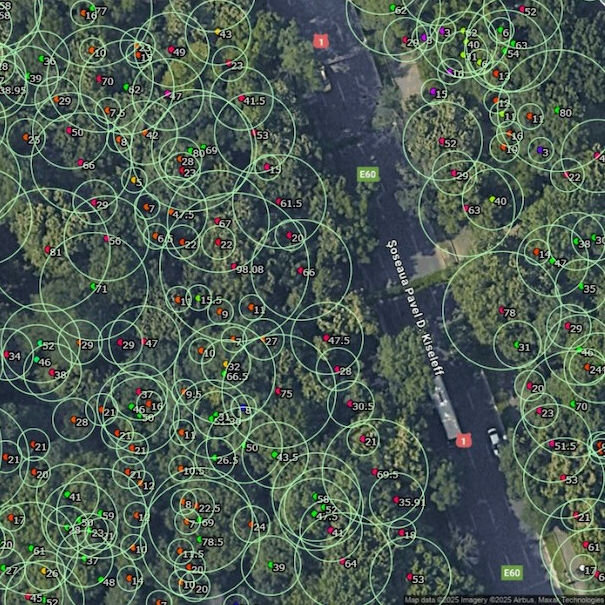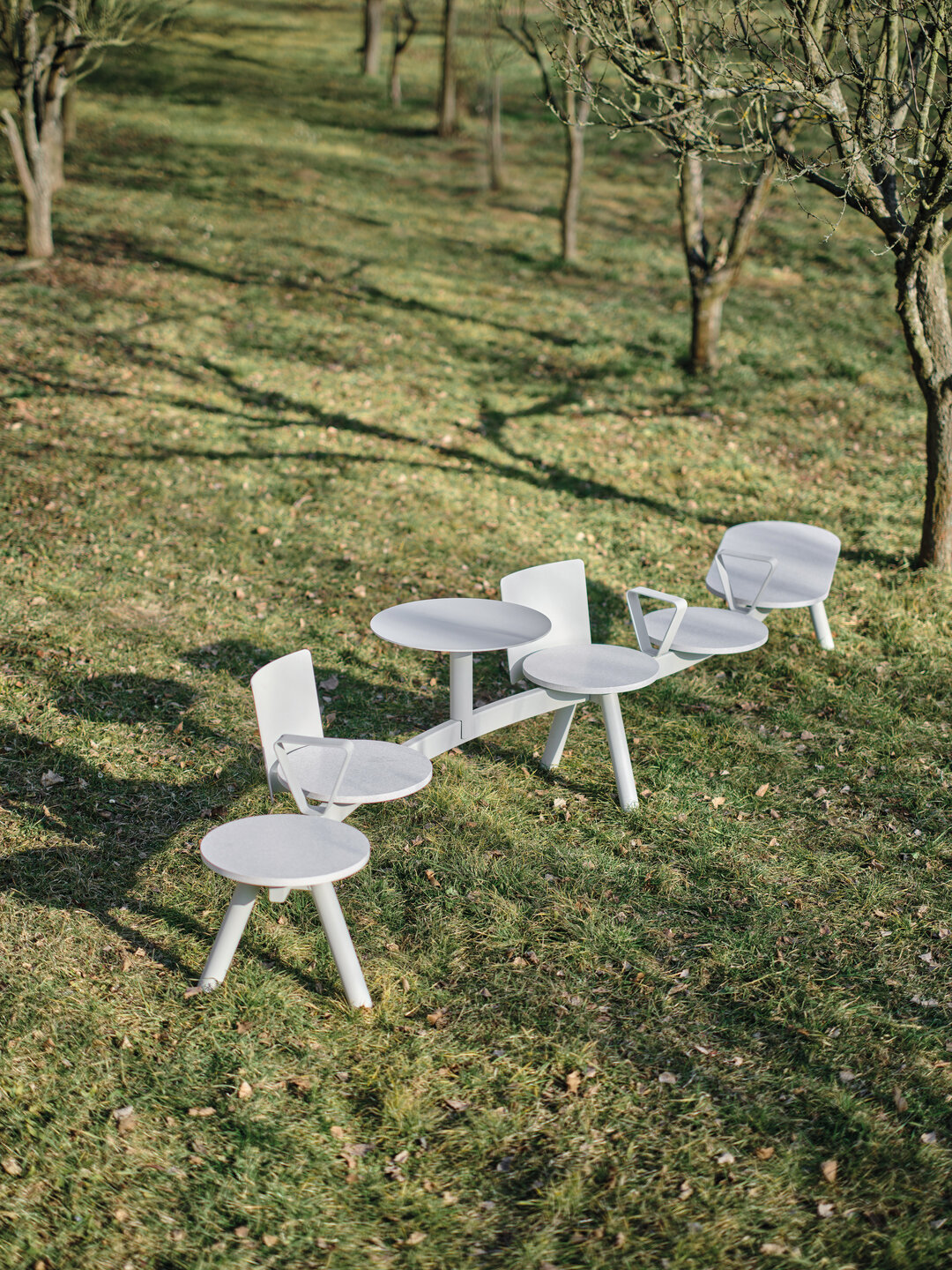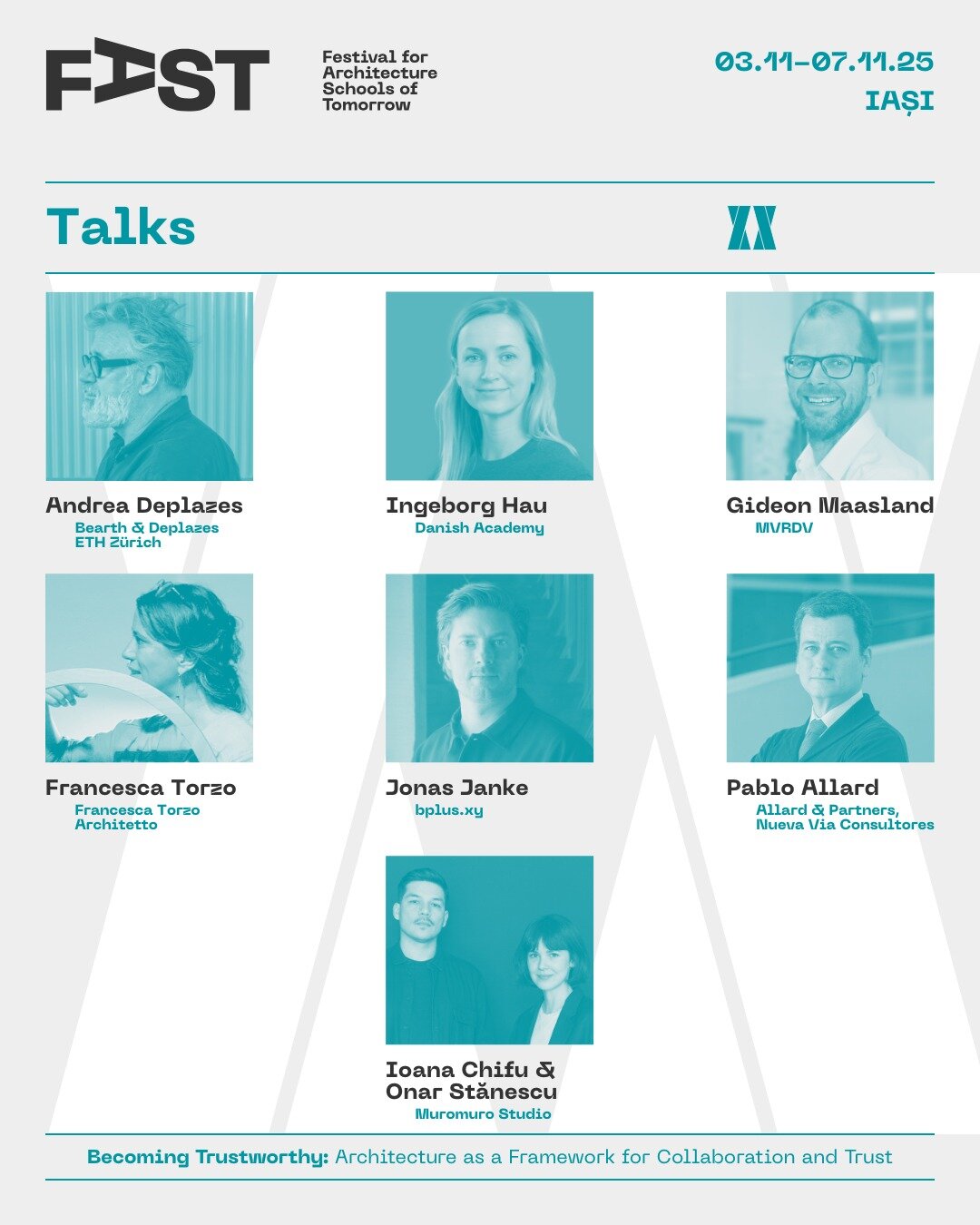
New Book - Hyper-Localization of Sustainable Architecture

13.08.2012
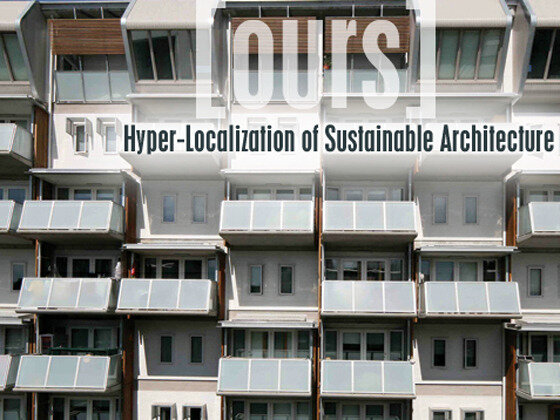
It is a great pleasure to inform you that we are working on an exciting new book that analyzes sustainable architecture in a completely new way.[ours], a book by Andrew Michler, focuses on how in some regions of the world sustainability has taken on the form of a contemporary design archetype. This project is a collaboration between eVolo and the Institute for the Built Environment (IBE) at Colorado State University.
Analyzing and visiting hundreds of buildings around the world will require an intense research team and quite some traveling. Andrew will observe the buildings in context, and interview the architects and users.
A project of this magnitude requires seed funding and we are asking for your help. We have launched a Kickstarter campaign to support the research. There are some unique rewards including signed copies of the book at a significant discount, custom handmade and painted zenblocks, and copies of eVolo.
A letter from Andrew Michler:
A year ago the editor of eVolo Magazine Carlo Aiello and I started developing the book [ours] which is about how a new movement in sustainable architecture is redefining the regions they were built in. I noticed very specific regional design trends from writing hundreds of articles on sustainable building for the last three years, and felt that the internet was simply not providing a satisfying resource to learn more about these movements. We are terming the phenomena the hyper-localization of sustainable design as these buildings respond to both the environmental and cultural needs in which they are placed. We are collaborating with Institute for the Built Environment, based at Colorado State University and long time instigator of LEED building and education for research to uncover these new architectural archetypes.
[ours] explores how some regions of the world sustainability re-imagines a sense of place. When you look at Japan for instance, land has become so expensive that it is more affordable to build very small and hire a quality architect to design the home. The result is some of the most innovative interior design in the world with firms developing design vernaculars to create extraordinary condensed spaces. To me this is a crucial lesson as the world becomes increasingly urbanized. Likewise, I noticed the elegant and almost obsessive way that commercial buildings in Spain have used sun shading devices or bris-de-soleil. It dramatically reduces energy use and improves natural lighting but also provides a new face of the built environment to the community.
Perhaps the most compelling case of aggressive low impact building is in Australia, whose inhabitants are constantly challenged by the climate. Many examples of contemporary buildings are not just proactive in steeply reducing their use of water, energy and other resources but are exceptionally playful and skilled in integrating these elements into the core of the projects. The result is a radical departure from building as usual and a proclamation of how architecture can transform a society for the better.
We are calling these movements [Japan Condenses], [Spain Wraps], and [Australia Unfolds] to describe the hyper-localization of building design and have another half dozen regions to explore as well. [Germany Maintains] explores passivhaus, [Mexico Buries] an architectural topography underground, [Cascadia Harvests] explore the Northwest's experimentation of building big with trees, just to cite a few. The potential of the manifestation of hyper-local contemporary sustainable design is everywhere. With this book we aim to catalyze a conversation on how deep design attributes are both environmental profound but socially progressive and distinctly based on place making. While that is pretty heady the profiled projects are extraordinary and diverse, making for a beautiful high quality coffee table book.
The IBE has created the Place Assessment Tool or PAT used for project assessments for [ours] and ultimately for project design development. We aim to provide a compelling resource for architects and fans of great architecture to develop their own regionoial archetypes, putting in all of the best elements of sustainable design to make for more robust communities.
The Kickstarter campaign is to raise research funds. I feel very strongly after writing so much about how buildings look and work, and building a few myself over the last 20 years that the only way to really understand them is to visit them first hand. I am also going to have many one-on-one conversations with the architects to hear in their words how the projects were successful and what they learned from their mistakes. The money will be used for research interns at the IBE and to cover traveling costs and well as recording and camera equipment. In return you have a great selection of rewards to inspire fresh thinking about our shared built environment and help produce an extraordinary publication that will be both beautiful and informative. Along with signed copies of the book when completed, we are offering the playfully parametric zenblocks and eVolo's latest magazine issue as well as the [Japan Condenses] in digital format. I'd even go to you to present our findings and rouse a lively discussion of what hyper-local really means in the built environment.

